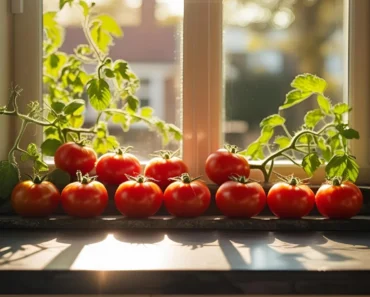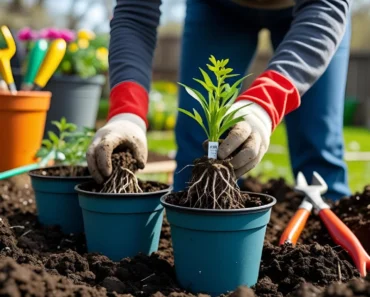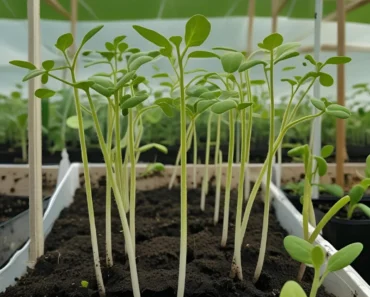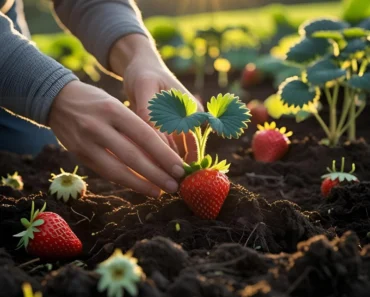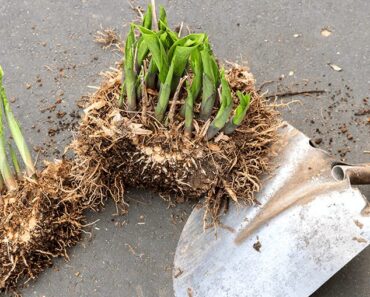Fermenting tomato seeds is a traditional and effective method gardeners use to prepare seeds for planting the following season. It mimics the natural process seeds undergo when tomatoes fall to the ground and decompose, improving germination rates and reducing the risk of disease. This comprehensive guide explains why fermenting tomato seeds is beneficial, details step-by-step instructions for the fermentation process, offers tips for seed cleaning and drying, and shares best practices for storing tomato seeds until planting time.
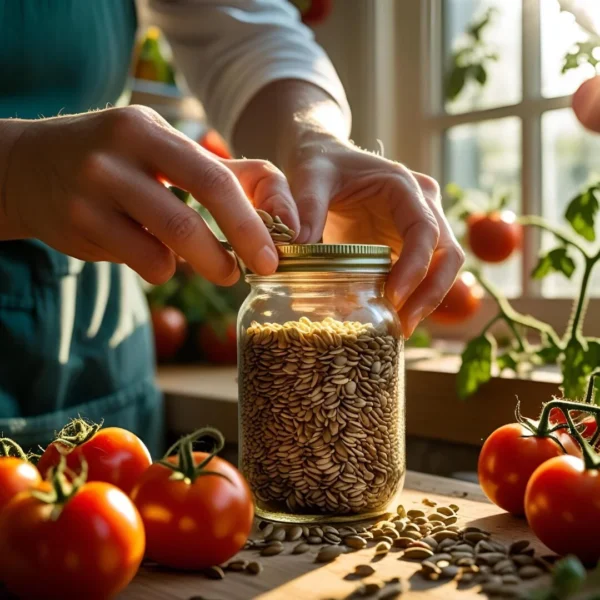
Why Ferment Tomato Seeds?
Tomato seeds are encased in a gelatinous substance within the fruit that inhibits germination. Fermentation breaks down this gel, allowing seeds to sprout more readily once planted. Additional benefits of fermentation include:
-
Disease Reduction: The fermentation process kills pathogens or mold spores on seed surfaces, preventing seed-borne diseases.
-
Cleaning: It helps separate viable seeds from pulp and non-viable seeds.
-
Mimics Nature: Seeds naturally ferment when fallen fruit decomposes; artificially replicating this step improves seed performance.
-
Improved Germination: Properly fermented seeds tend to germinate more uniformly and quickly.suburbanhobbyfarmer+1
Step-By-Step Guide to Fermenting Tomato Seeds
1. Select Ripe Tomatoes
Choose fully ripe, healthy tomatoes from your best plants. Open-pollinated or heirloom varieties are preferred, as hybrid F1 tomato seeds may not grow true-to-type.
2. Extract Seeds
-
Cut the tomato across the equator and squeeze or scrape out seeds and their surrounding gel into a clean glass jar or container.
-
Each variety should be fermented separately to maintain genetic purity.
3. Add Water
-
Add clean water (tap water is acceptable) to cover the seeds and gel.
-
Stir gently to mix.
4. Cover and Ferment
-
Cover loosely to prevent contamination but allow some airflow (a paper towel or mesh cover works well).
-
Store at room temperature (65-75°F or 18-24°C) away from direct sunlight.
-
Allow to ferment for 2 to 4 days until a moldy layer forms on top and the mixture smells slightly sour but not putrid.
-
Stir daily to prevent unwanted mold growth on seed surfaces.
5. Remove Mold and Debris
-
After fermentation, carefully remove frothy mold and floating debris by pouring off the top layer.
-
The viable seeds settle at the bottom.
6. Rinse Seeds
-
Pour seeds and gel over a fine mesh sieve.
-
Rinse thoroughly with cool water, gently rubbing to remove remaining pulp and gel.
7. Dry Seeds
-
Spread seeds in a single layer on paper towels, coffee filters, or fine mesh screens.
-
Allow to dry completely in a well-ventilated, shaded location for about a week.
-
Stir seeds daily to prevent clumping.
8. Store Seeds Properly
-
Once fully dry, store seeds in paper envelopes, glass jars, or airtight containers.
-
Label containers with variety and date.
-
Keep stored seeds in a cool, dark, dry place; refrigeration extends viability.
Tips and Precautions
-
Do not ferment seeds for too long as overfermentation can damage seeds.
-
Avoid sealed airtight containers during fermentation to prevent pressure build-up.
-
Use clean tools and containers to avoid contamination.
-
If seeds float during rinsing, discard floating seeds as likely non-viable.
-
Keep seeds dry during storage to prevent mold and loss of viability.
Frequently Asked Questions
Q: Can I skip fermentation?
A: Yes, but germination rates may be lower and seed-borne diseases more prevalent.
Q: How long can fermented tomato seeds be stored?
A: When properly dried and stored, viable seeds remain good for 4-6 years.
Q: Can I ferment seeds of all tomato varieties?
A: Most open-pollinated and heirloom tomato seeds ferment well. Avoid hybrids if true-to-type plants are desired.
Conclusion
Fermenting tomato seeds is a valuable technique for gardeners who want healthy, vigorous seedlings and to preserve heirloom varieties reliably. The process cleans seeds, improves germination, and reduces disease risks without requiring specialized equipment. By following careful but simple steps—harvesting seeds from ripe fruit, fermenting under controlled conditions, rinsing thoroughly, drying fully, and storing properly—gardeners can secure a bountiful tomato harvest year after year.
- https://suburbanhobbyfarmer.com/fermenting-tomato-seeds/
- https://www.reddit.com/r/seedsaving/comments/15yzsux/fermenting_tomato_seeds/
- https://scientificgardener.blogspot.com/2012/03/processing-tomato-seeds.html
- https://permies.com/t/85310/Fermenting-Tomato-Seeds-Sprout-Neccesary
- https://gardenfocused.co.uk/vegetable/tomato-outdoor/seed-save-tomato.php
- https://montegattafarm.com/garden/the-benefits-of-saving-tomato-seed-vs-buying-seeds/
- https://sowtrueseed.com/blogs/gardening/how-to-save-tomato-seeds-and-other-wet-processed-seeds
- https://www.youtube.com/watch?v=UAfgYgCqR7k

